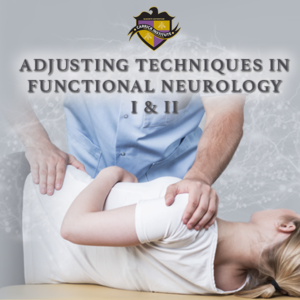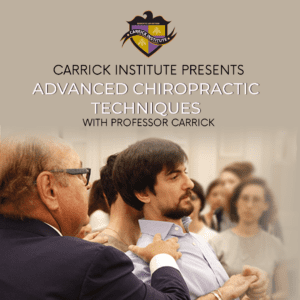- Conduct a high-resolution functional neurological examination that evaluates vestibular, oculomotor, and cervical proprioceptive systems in the context of gravitational awareness and spatial mapping.
- Identify dysfunction within the nodulus, uvula, and flocculus and apply targeted cerebellar-based interventions to enhance postural control, visual motion tolerance, and spatial orientation.
- Differentiate between slow and fast motion processing impairments and design vestibular rehabilitation protocols that recalibrate velocity storage using yaw, pitch, roll, and translational directional inputs.
- Utilize proprioceptive reweighting techniques—including head/body loading, weighted vests, and tactile cueing—to modulate cervical feedback and improve sensorimotor integration.
- Integrate advanced and accessible rehabilitation tools such as motion platforms, VR/AR systems, ARPwave neurostimulation, and oculomotor training software into personalized neurorehabilitation plans.
- Functional neurological exam structure for gravitational feedback mapping
- Evaluation of otolith-cervical-vestibular integration
- Cerebellar function targeting (nodulus, uvula, flocculus)
- Six degrees of freedom (6DOF) movement analysis and rehab design
- Cervical spine proprioceptive resets and spatial reorientation
- Motion tolerance assessment via velocity-based vestibular stimulation
- Neurovisual and oculomotor integration strategies
- Vestibular-ocular reflex (VOR) recalibration through dynamic training
- VR-based visual motion therapies for visual-vestibular mismatch
- Neurostimulation protocols for enhancing sensory-motor feedback loops
- CSF flow optimization strategies and autonomic rebalancing techniques
- Case studies: concussion, dysautonomia, visual motion sensitivity, cervicogenic dizziness








